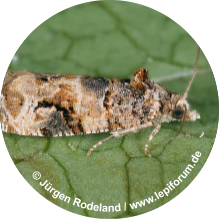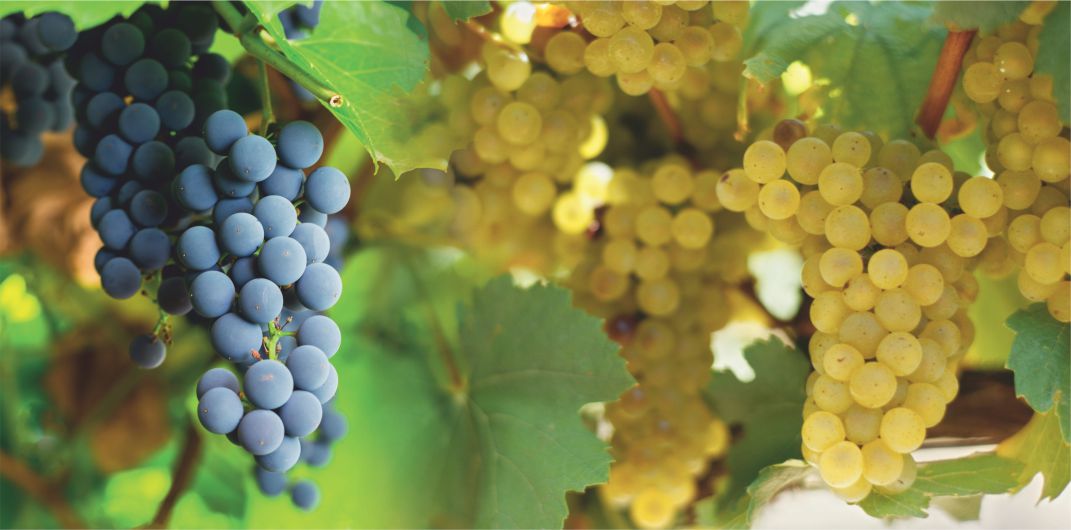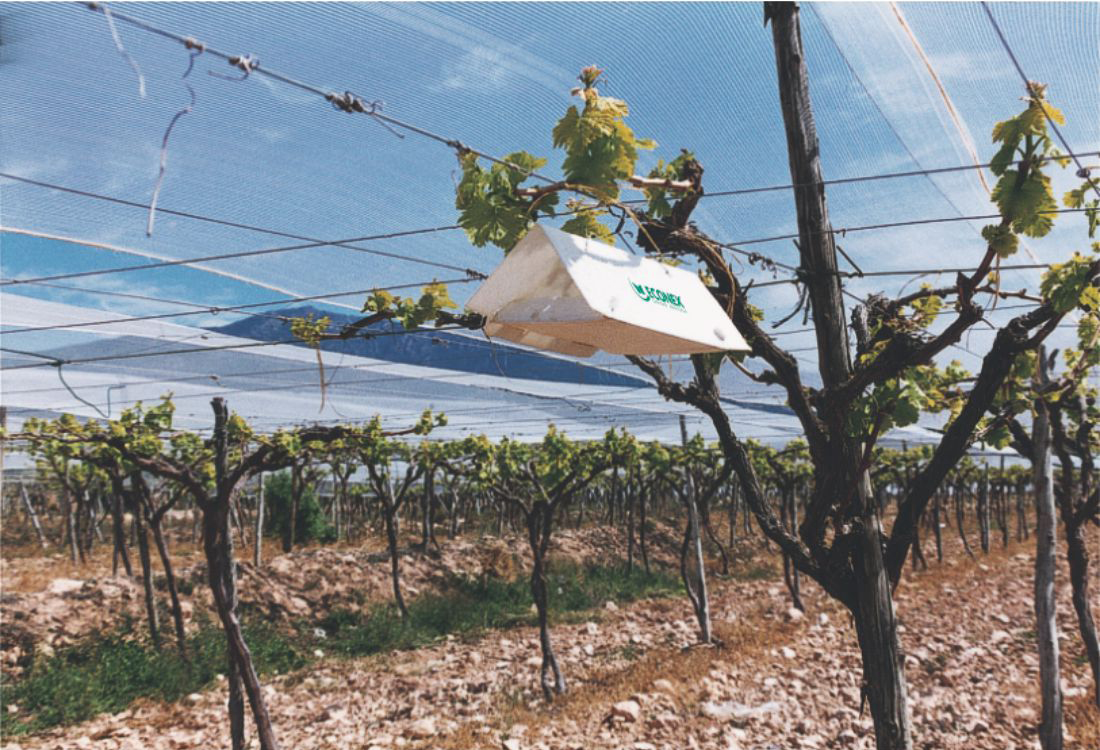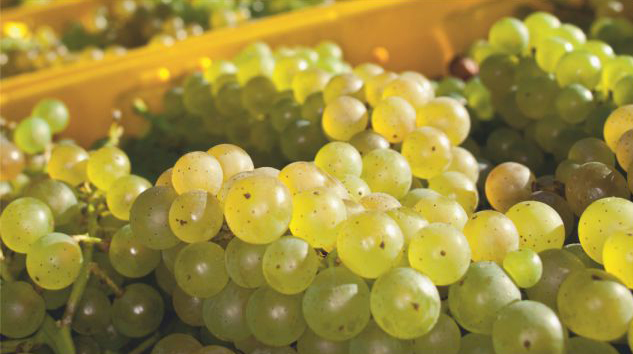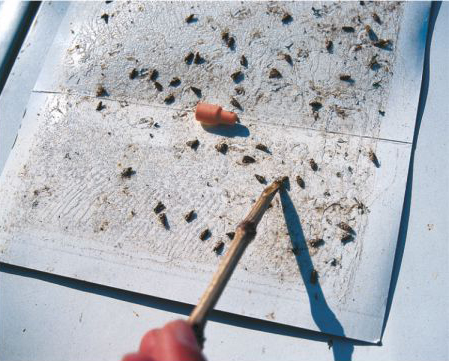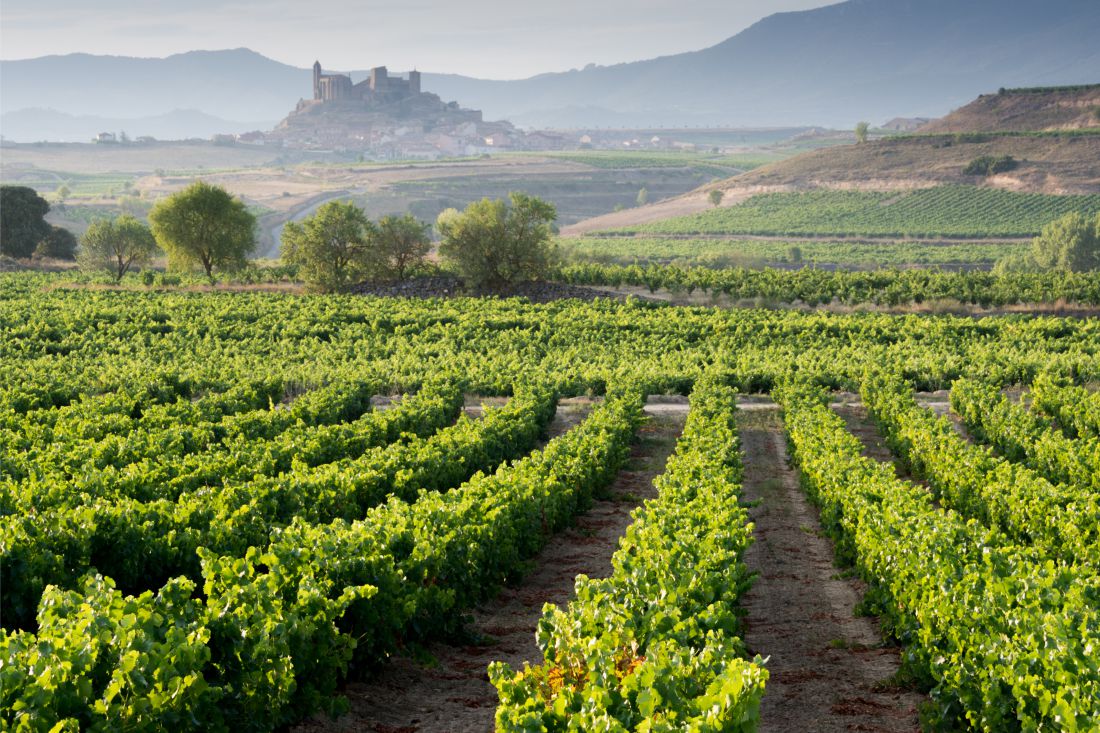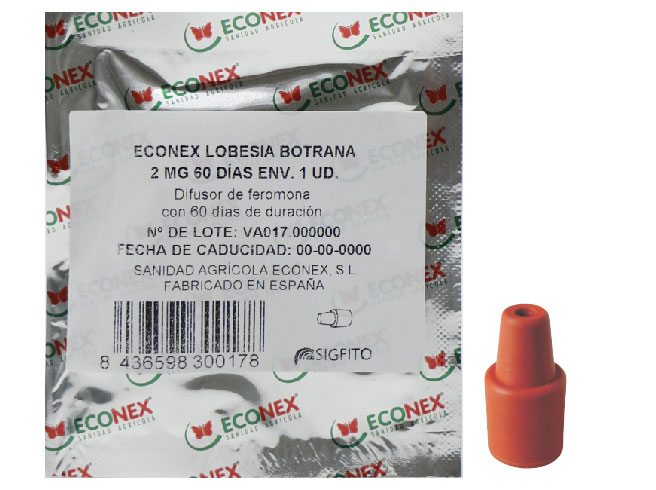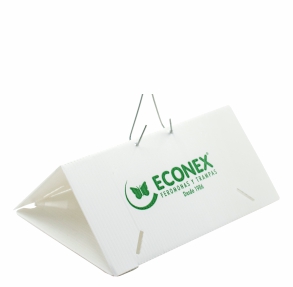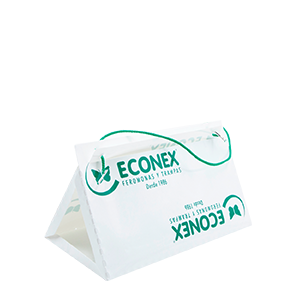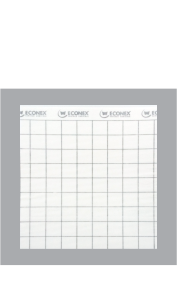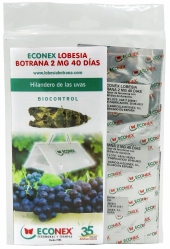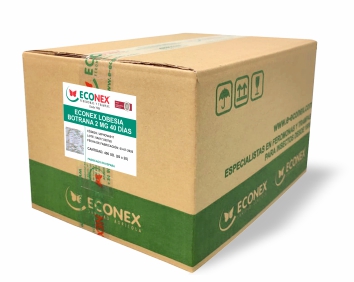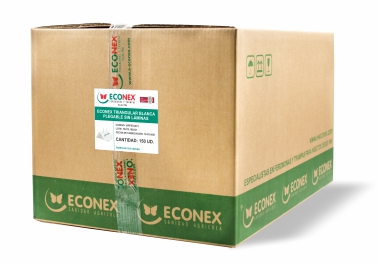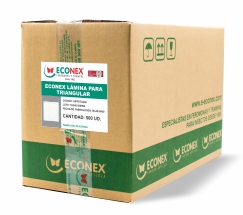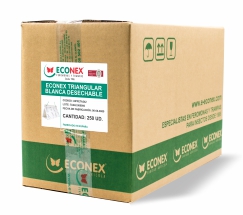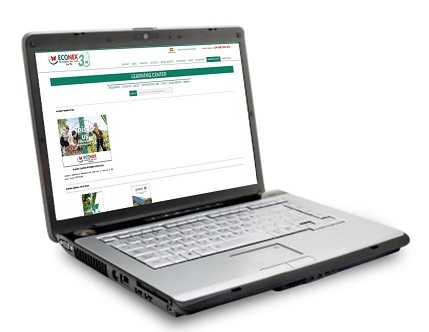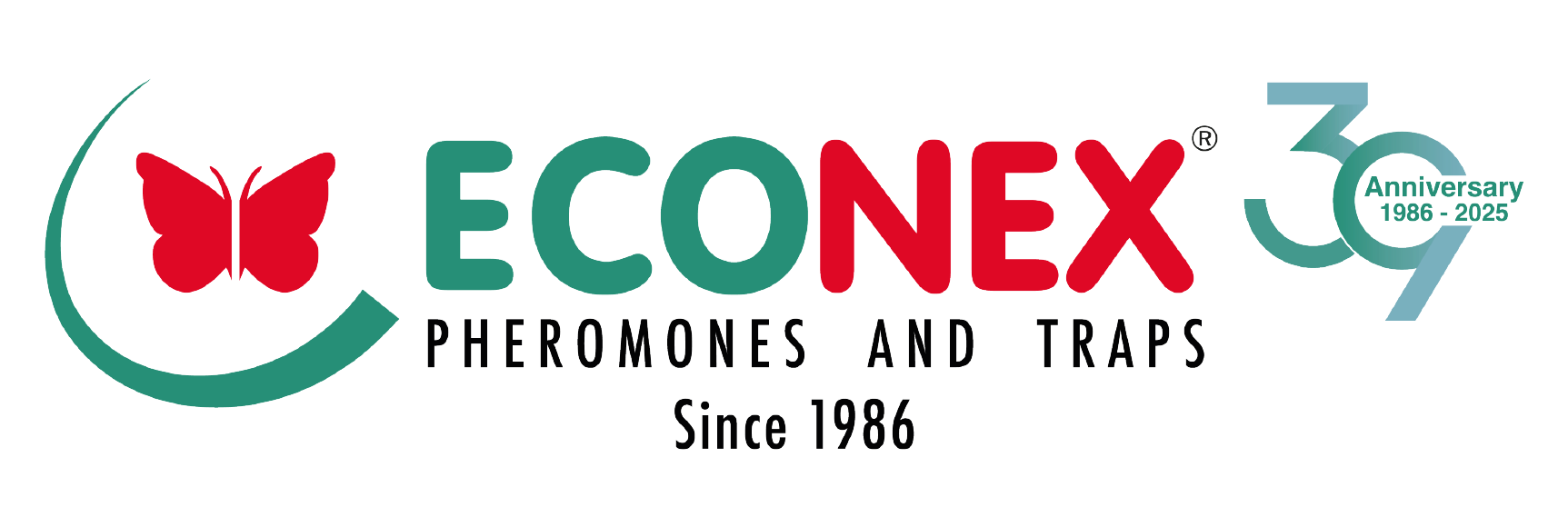This tortricid is possibly the most damaging pest for vine crops in our country. It is also known as the European grapevine moth or European grape worm.
There are also other species that are known as cluster moths, amongst which we can name: Eupoecilia (Clysia) ambiguella and Cryptoblabes gnidiella.
Morphology and biology
The adult has an approximate wingspan of 12 mm and brown wings that are mottled with light and dark blotches. The larva is green or sometimes brown with a brownish-grey head. The pupa is protected by a white silken cocoon. The eggs are a yellowish colour and have an oval shape. The larvae are laid individually on the grapes, looking like small drops of wax.
The larva hibernates in the form of a chrysalis, hiding in the bark of the vine trees and they can also be found on the ground or on the edges of leaves
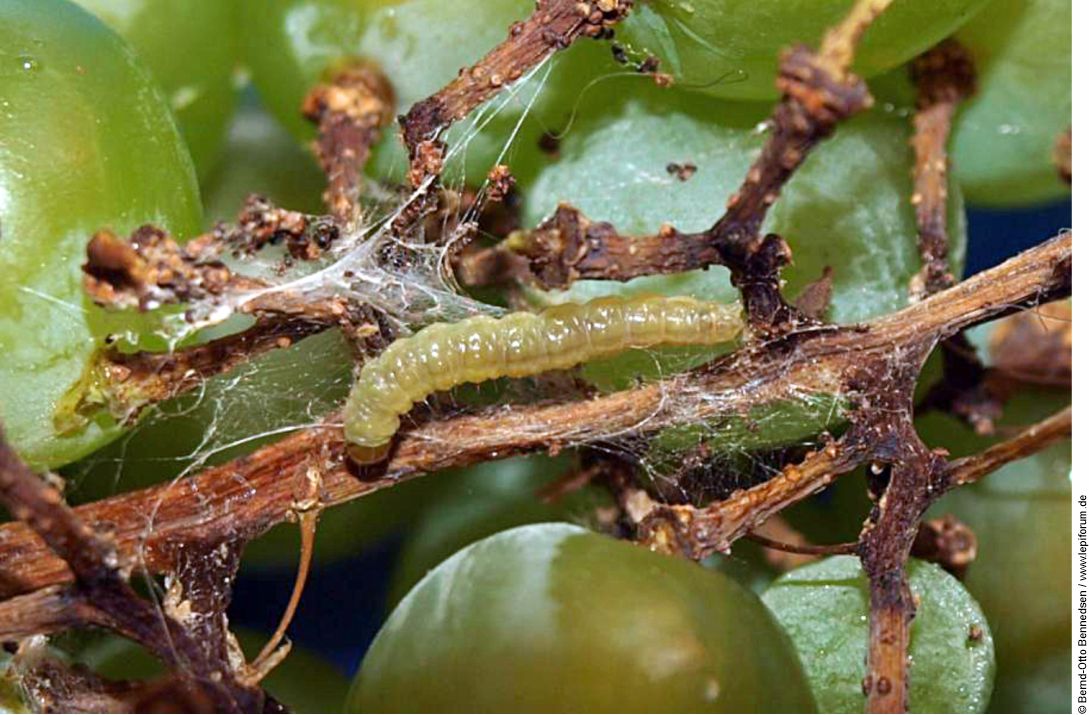
Larva de Lobesia botrana
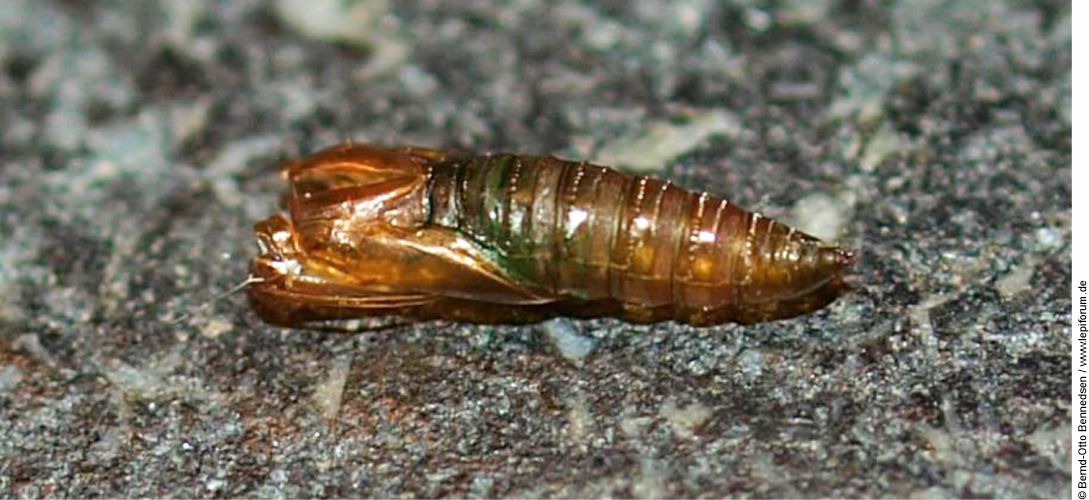
Pupa de Lobesia botrana
In Spring, the adults emerge in stages and fly at night. The first generation lays its eggs on the corolla of the flowers. Each female lays 50 to 80 eggs which normally hatch in a week. The larvae grow inside the clusters by connecting the flower buds with silk threads and forming masses.
They pupate on the leaves or on the bark of the grapevines and then a new generation of adults begins to hatch.
The second and third generations of adults lay their eggs on the grapes, preferably if they are smooth and dry. They also look for shaded areas and shelter to stop the eggs from drying out.
The presence of moisture or sulphur powder on the vines stops the eggs from being laid.
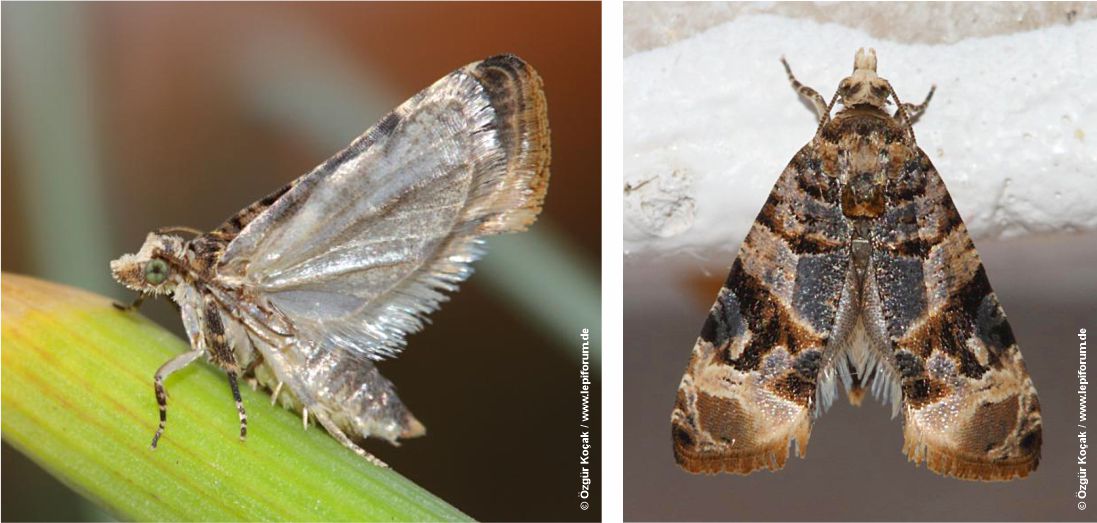
Lobesia botrana adults
There can be 2 generations in regions with a colder climate and 3 generations in Mediterranean regions and the South, although this can vary depending on the climate each year.
The optimum amount of humidity for Lobesia botrana to develop is between 40% and 70%, whereas for Eupoecilia (Clysia) ambiguella it exceeds 75%.
Drought and high summer temperatures are important factors of death, which can lead to a high mortality rate of the eggs.
The developmental threshold for larvae is 10oC. The photoperiod determines the entrance into diapause. The insects coming from eggs laid after the month of July will enter diapause when they come to pupate.
All of these climatic factors influence in the evolution of the pest and therefore the damage it can cause, as these are greater with 3 generations a year.
Damage
The first generation causes damage to the floral buds and flowers, but this is of little importance as it does not affect the quantity or quality of the crops.
The 2nd and 3rd generations cause direct damage to the grapes by entering inside and feeding on them. This then translates into a loss of commercial value of the grapes.
The most serious damage that the 2nd and 3rd generation larvae cause, consists of wounds that they open in the fruit.
This is an entry route for rot to set in the cluster (especially Botrytis), which can become a very serious problem.
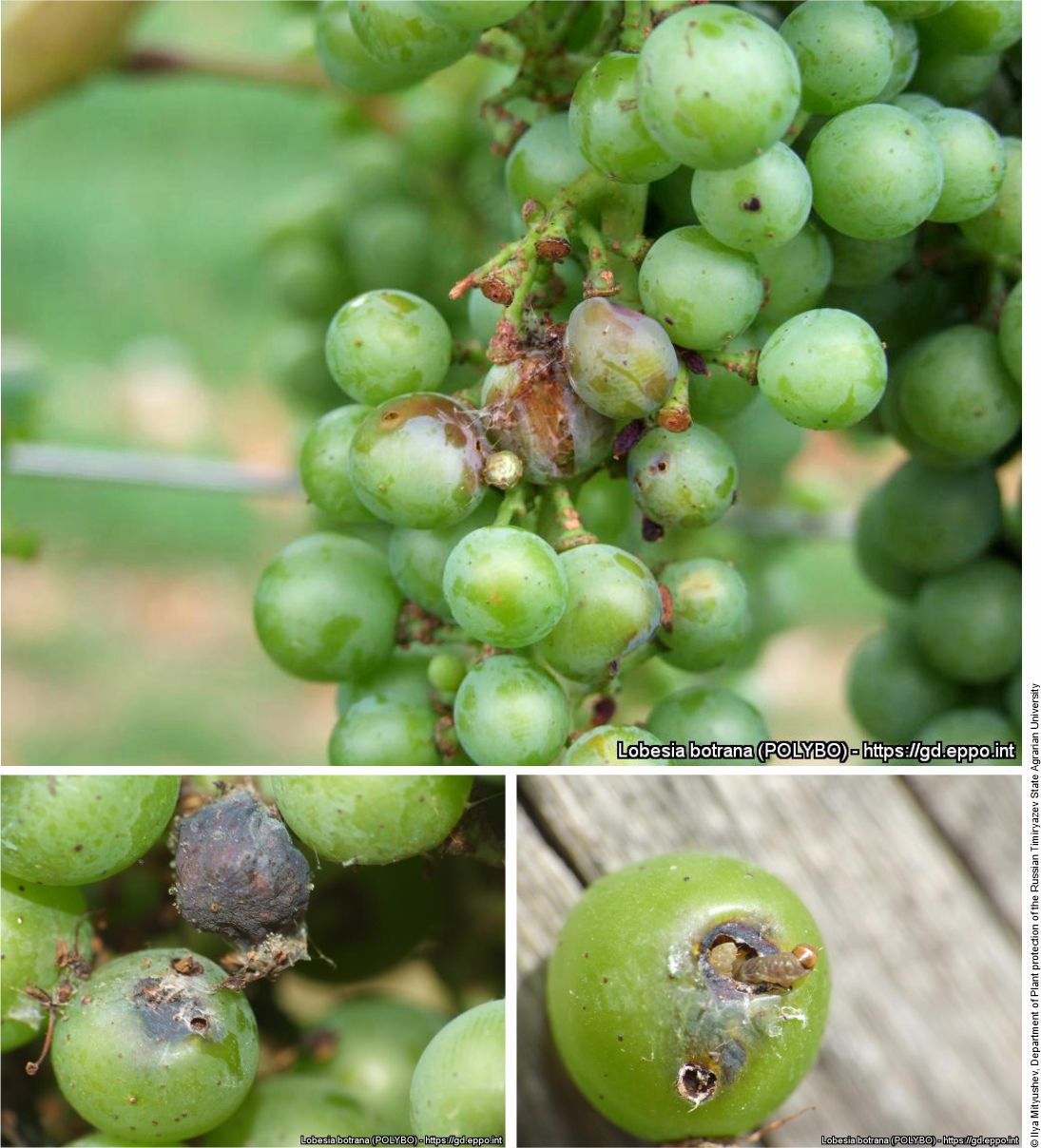
Grapes damaged by Lobesia botrana
